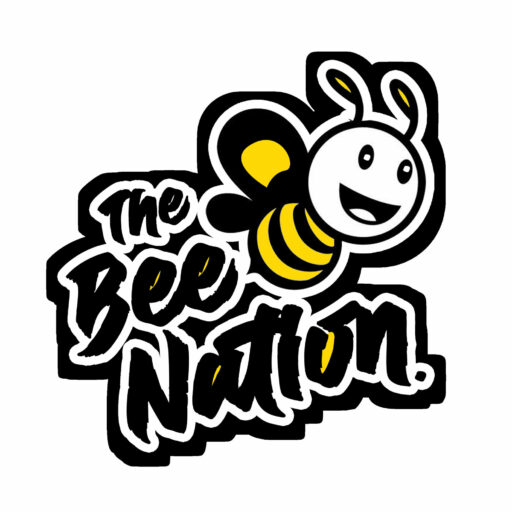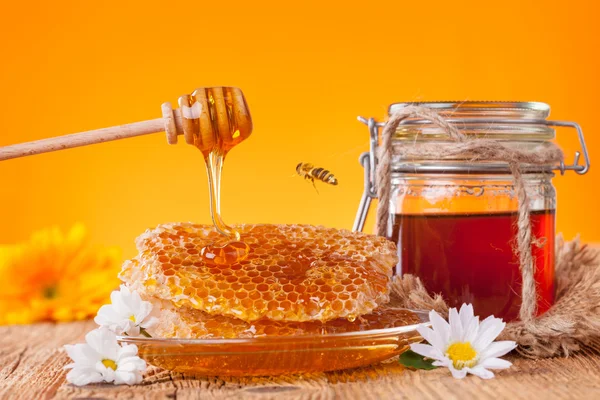Honey extraction is a crucial step in the beekeeping process, allowing beekeepers to harvest the golden nectar produced by their honey bees. In this blog, we’ll explore the fascinating process of honey extraction, from hive to jar, and share tips for achieving the highest quality honey.
Harvesting the Honeycomb
The first step in honey extraction is harvesting the honeycomb from the hive. Beekeepers carefully remove the frames containing capped honeycomb from the hive, ensuring minimal disruption to the bees and comb structure. It’s essential to choose frames that are fully capped, indicating that the honey is ripe and ready for extraction.
Uncapping the Honeycomb
Once the frames are removed from the hive, beekeepers use a variety of tools to uncap the honeycomb and release the honey. Traditional methods include using a heated knife or uncapping fork to remove the wax cappings from the honeycomb cells, exposing the honey inside. Alternatively, some beekeepers use mechanical uncapping machines for larger-scale operations.
Extracting the Honey
After uncapping the honeycomb, the frames are placed in a honey extractor, a centrifugal device that spins the frames rapidly to extract the honey. As the frames spin, the honey is forced out of the comb and collects at the bottom of the extractor. This gentle extraction method preserves the integrity of the honeycomb and minimizes damage to the wax cells, allowing beekeepers to reuse the frames for future honey production.
Filtering and Bottling
Once the honey has been extracted from the frames, it’s ready to be filtered and bottled. Beekeepers use fine mesh filters or cheesecloth to remove any remaining wax or impurities from the honey, ensuring a smooth and clear final product. The filtered honey is then carefully poured into clean, sterilized jars or containers, ready to be sealed and labeled for sale or consumption.
Tips for High-Quality Honey
- Harvest honey when the majority of the frames are capped, indicating that the honey is fully ripened and less likely to ferment.
- Maintain proper hygiene and cleanliness throughout the extraction process to prevent contamination and ensure the purity of the honey.
- Store extracted honey in a cool, dark place to preserve its flavor and quality over time.
- Consider using natural, organic methods of honey extraction and filtration to maintain the integrity of the honey and appeal to health-conscious consumers.
In conclusion, honey extraction is a rewarding and essential aspect of beekeeping, allowing beekeepers to enjoy the fruits of their labor and share the delicious sweetness of honey with others. By understanding the process of honey extraction and following best practices, beekeepers can produce high-quality honey that delights the senses and nourishes the body.

